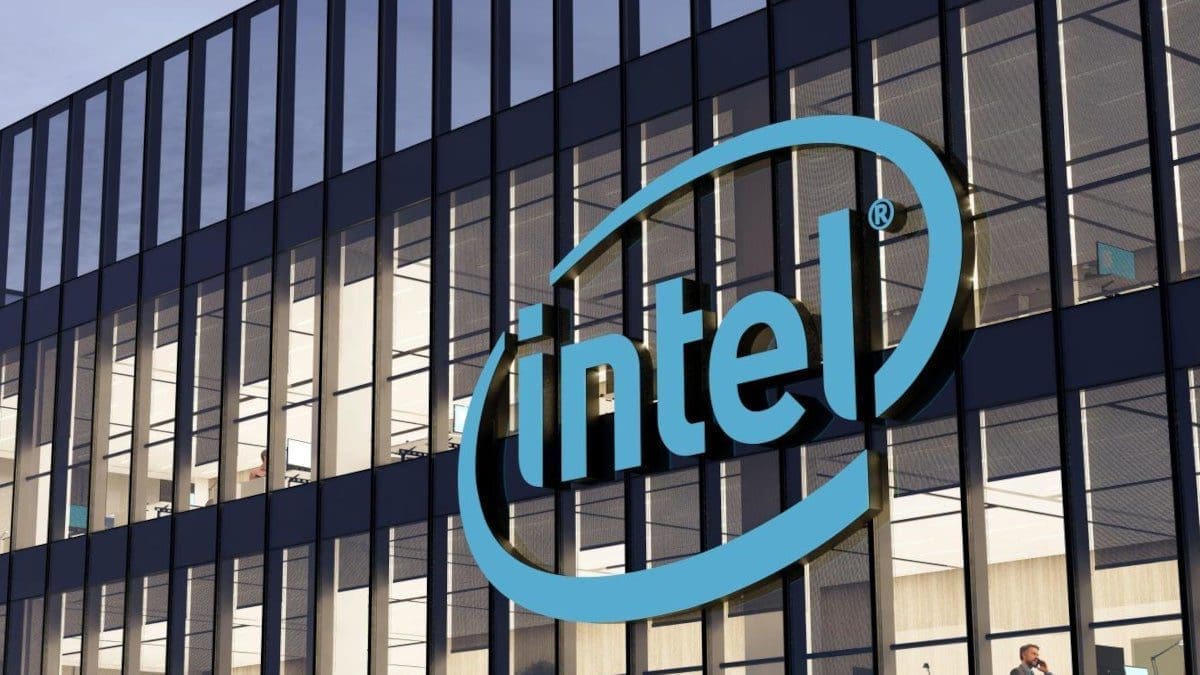Moore’s Law, first proposed by Gordon Moore, co-founder of Fairchild Semiconductors and Intel, in 1965, stated that the number of transistors in a chip would double every year. However, by the 1970s, Moore revised the observation, predicting that the number of transistors would actually double every other year. Intel’s current CEO, Pat Gelsinger, now believes that we can expect the number of transistors in a chip to double every three years.
The transistor count in a chip is crucial for its power and energy efficiency. For example, the A13 Bionic chip used in the 2019 iPhone 11 series featured 8.5 billion transistors, while the 3nm A17 Pro SoC used in the iPhone 15 Pro and iPhone 15 Pro Max boasts 19 billion transistors, offering significant improvements in performance and power consumption.
During a talk at the Manufacturing@MIT symposium, Gelsinger declared that Moore’s Law is “alive and well.” He also mentioned that Intel could potentially surpass the pace of Moore’s Law until 2031. Intel is expected to lead in process technology with its A18 (1.8nm) process node in 2025, overtaking TSMC and Samsung Foundry’s 2nm node for the same year.
Gelsinger also introduced the concept of “Super Moore’s Law,” based on utilizing 2.5D and 3D chip packaging to increase transistor counts, also known as “Moore’s Law 2.0.” He anticipates that by 2030, Intel could create a chip with one trillion transistors, made possible by advancements in technology such as RibbonFET transistors and next-gen process nodes that will reduce the size of transistors. Furthermore, innovative techniques like PowerVIA power delivery and 3D chip stacking could contribute to achieving this milestone.
Gelsinger pointed out that the economics of the business have also evolved, noting that the cost of a modern fab has doubled from about $10 billion to $20 billion in recent years, reflecting a significant shift in the industry’s economic landscape.













